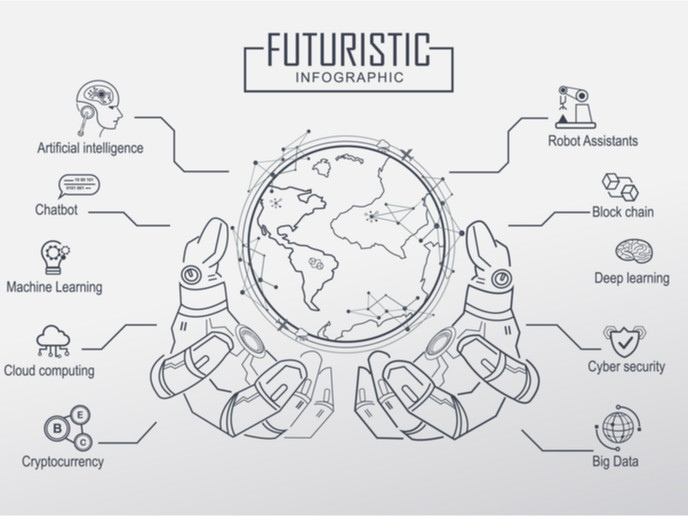Next generation broadband for anyone, anywhere
Telecom operators often do not see a viable business incentive to install conventional networks in areas where few people live and on terrain that elevates infrastructure and maintenance costs. Those who visit or live in areas like deserts or remote mountains simply cannot take full advantage of all the benefits affordable and reliable telecommunications has to offer. A new concept and method to deliver broadband based on flexible relays in wireless orthogonal frequency division multiplexing (OFDM) networks is therefore required. One EU-funded project, 'Flexible relay wireless OFDM-based networks' (Fireworks), stepped up to the challenge. Fireworks set out to design and validate a next-generation broadband access (BWA) prototype. By using novel concepts like mesh network architecture and flexible relay-based deployment and cooperative communications, the researchers were able to enhance OFDM based WMAN/WLAN technologies. To achieve their goal, they had to address two major issues. First, they needed to design advanced cooperative transmit and multiple receive (MTMR) techniques. Combined with hybrids of multiple-input and multiple-output (MIMO) and beam-forming techniques, the advanced MTMR would be able to adapt itself to any number of radio and network variations while simultaneously maintaining spectrum efficiency and systems performance. Secondly, researchers needed to make the medium access control (MAC) flexible enough to handle both ad-hoc and mesh networks. MACs enable several terminals or network nodes to communicate within a multi-point network. An ad-hoc network is a decentralised wireless network that does not rely on pre-existing infrastructure. Fireworks managed to complete both of these challenges. During their research, they also developed a mechanism that reduces interference, created new algorithms for the OFDM relay system, and came up with a new way to optimally place fixed relays. The potential impact of their results could not only reduce investment risks of telecom operators but also lower all associated infrastructure costs. And the ad-hoc nature of the mesh network reduces the probability of network failure. In the end, however, Firework's innovative research will stand to benefit the people most of all - regardless of where they work, visit or live.







